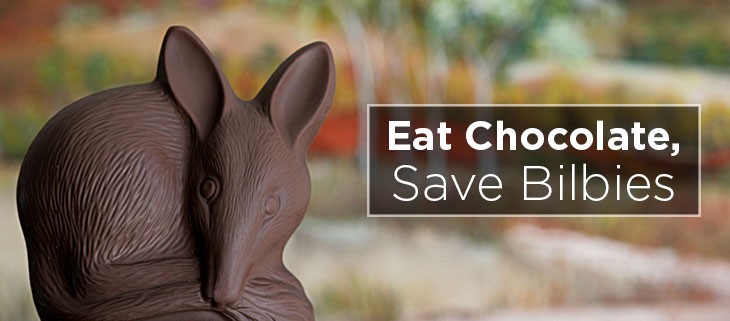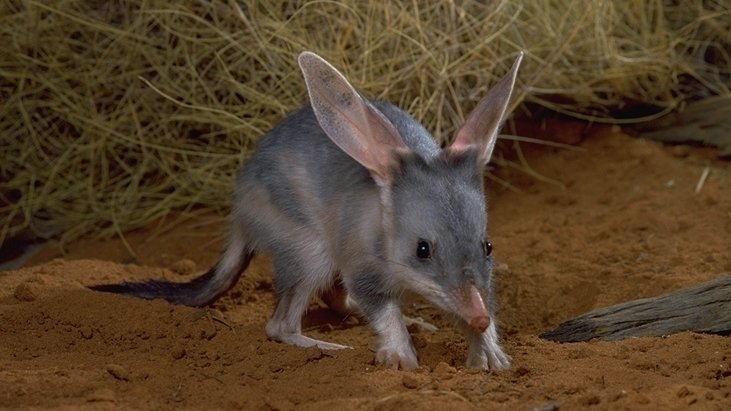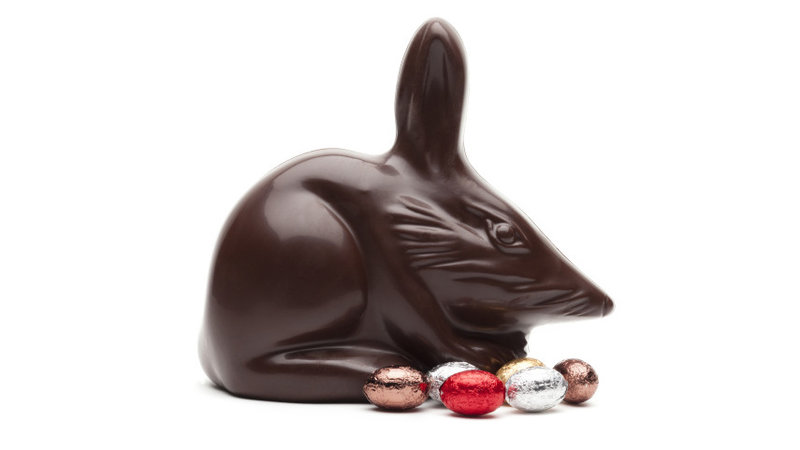May 19, 2025
UNOC 3 Position Paper
Read our position paper on The 3rd United Nations Ocean Conference (UNOC 3) to see why we're attending and what we aim to accomplish!
We use cookies to help you navigate efficiently and perform certain functions. You will find detailed information about all cookies under each consent category below.
The cookies that are categorized as "Necessary" are stored on your browser as they are essential for enabling the basic functionalities of the site. ...
Necessary cookies are required to enable the basic features of this site, such as providing secure log-in or adjusting your consent preferences. These cookies do not store any personally identifiable data.
Functional cookies help perform certain functionalities like sharing the content of the website on social media platforms, collecting feedback, and other third-party features.
Analytical cookies are used to understand how visitors interact with the website. These cookies help provide information on metrics such as the number of visitors, bounce rate, traffic source, etc.
Performance cookies are used to understand and analyze the key performance indexes of the website which helps in delivering a better user experience for the visitors.
Advertisement cookies are used to provide visitors with customized advertisements based on the pages you visited previously and to analyze the effectiveness of the ad campaigns.

Around the world, many people think of rabbits as a sign of springtime. But in Australia, rabbits are an invasive species and, being known for the havoc they wreak on the native ecosystem, have a bad reputation. Inspired by a story written by a 9-year-old Rose-Marie Dusting, Australian chocolate companies began making chocolate Bilbies instead of chocolate bunnies to celebrate Easter. The story spurred a public love for and fascination with the native Bilby. What’s a Bilby, you ask?

The Greater Bilby (Macrotis lagotis), also known as the Rabbit-eared Bandicoot, is a nocturnal marsupial that once lived throughout Australia and is approximately the size of a rabbit. Bilbies have large rabbit-like ears and a long pointed nose, but the species is at risk with only a remaining few thousand individuals estimated.
Bilbies are Vulnerable to extinction according to the IUCN Red List due to limited habitat. The species is additionally threatened by the presence of invasive feral cats and foxes. In Australia, invasive species are a pervasive problem for native wildlife. The closely related Lesser Bilby (Macrotis leucura) was driven to extinction by invasive species in the 1950’s.
Therefore, rather than celebrate the invasive rabbit as a sign of spring, an Australian chocolate company chooses to celebrate the Greater Bilby. Haigh’s Chocolates highlights the threats posed by invasive species and showcases Australia’s unique native species to celebrate the arrival of spring. A portion of the proceeds is then given to Bilby conservation. Emily Miller, a biologist at the University of Sydney explained:
The sale of Easter Bilbies instead of Easter bunnies has been very successful in increasing public awareness across Australia…It is great to see young kids talking about Bilbies instead of bunnies.

Bilby conservation has a long way to go but awareness of the problem is an important step toward their protection. Thanks to a story written by a young girl, now the chocolate Greater Bilbies can live as a sign of spring and hope for the species.
Featured photo: Chocolate Bilby. Credit: Dark Orange
Sources:
National Public Radio
Wikipedia
IUCN Red List
Check out other journal entries we think you might be interested in.
Notifications